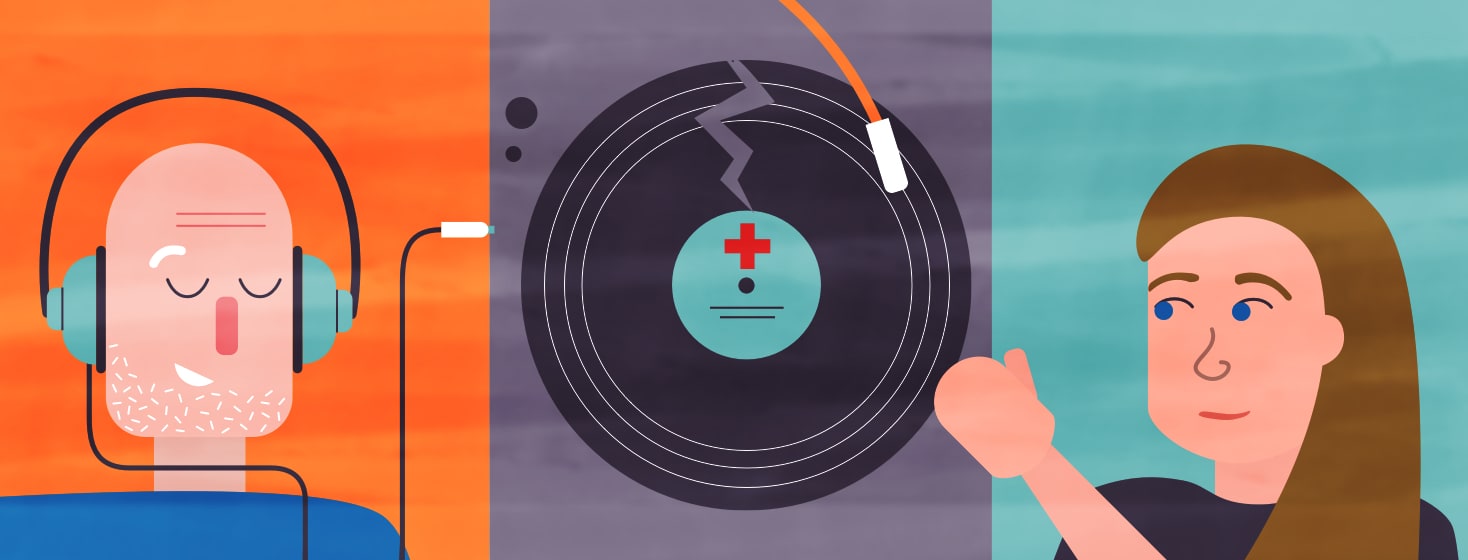Make Your Doctor's Visits Easier with a Medical Information Card
About 10 years ago, I visited new doctors and specialists frequently. I was re-establishing my care in multiple areas with uncontrolled cluster headaches. That meant urgent care, the ER, and a new neurologist, primary care physician, and dermatologist. It felt like I had an appointment every week where I answered the same questions over and over.
What did I need at each new appointment?
Each visit required my health insurance information, current medications, supplements, and a list of other doctors. They also need to know your emergency contact, allergies, preferred pharmacy, and more details. Nurses often spend the first 10 to 15 minutes of appointments adding your information to their system, and I was tired of regurgitating the same things as the last visit.
Why did I create a medical information card?
Clusterbusters has print-outs for patients to carry with them to explain cluster headaches to strangers who might be concerned about their behavior during an attack. I've used one several times because there's no time to explain why I must leave when an attack occurs. I decided to use my Photoshop skills to create a medical information card. This 5x7 card includes all the relevant information requested by medical professionals.
Within a few months, this card saved me time and "headaches" during intake at the ER and appointments. I simply hand over the information card during intake, and I enjoy a few minutes of silence as they create or update my medical records in their system. I update the card when I have new insurance or my treatment plan changes.
What did I include on my information card?
I started with the basics:
- Name, birthday, phone, and address
- List of medical conditions
- Health insurance company, group number, patient ID, and phone number
- Pharmacy name, phone, and address
- Medications and supplements taken daily or as needed
- Emergency contact name, phone, and address
- Allergies
What did I later add to my card?
After a few visits, I realized I needed more information on the handy card. I added the name, phone, and address of my neurologist, primary doctor, and other physicians. That way, they can communicate with each other and have my records from a last-minute trip to the ER or urgent care.
High-flow oxygen is my go-to treatment for episodic cluster headaches. I added my oxygen supply company and their phone number to the medical card in case I needed a new prescription or help troubleshooting an oxygen refill problem.
A notes section lets me add in other relevant details and overflow text that might not fit in the associated section.
Where do I keep the card?
The card lists many personal details, so you need to keep it in a secure place. However, it needs to be handy in emergencies. I folded the medical information card with my insurance card and ID, which I always carry with me. If you're concerned about losing the card, you could omit your birth date, address, and other details.
My cluster headaches are more manageable now, but I still carry the card for faster intake with new doctors. I hope this idea helps you navigate your next unexpected visit to a hospital or doctor.

Join the conversation